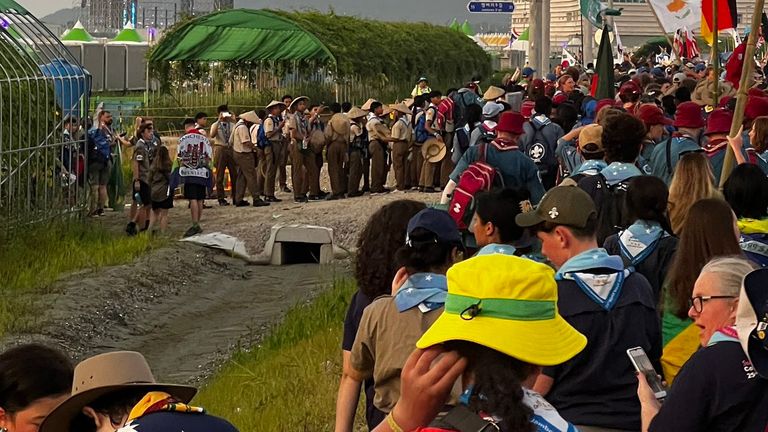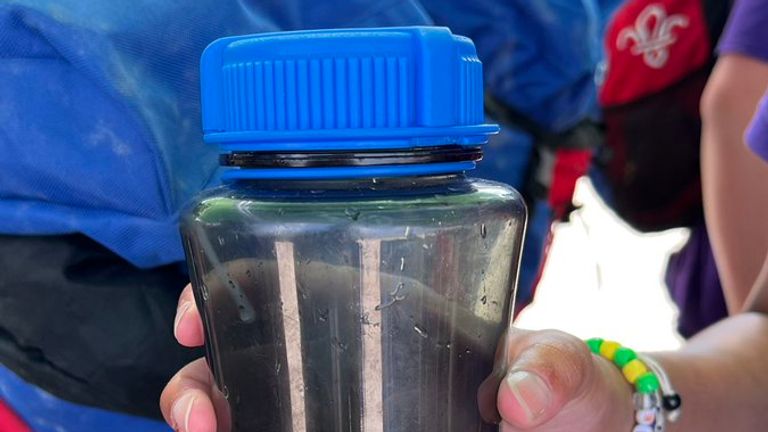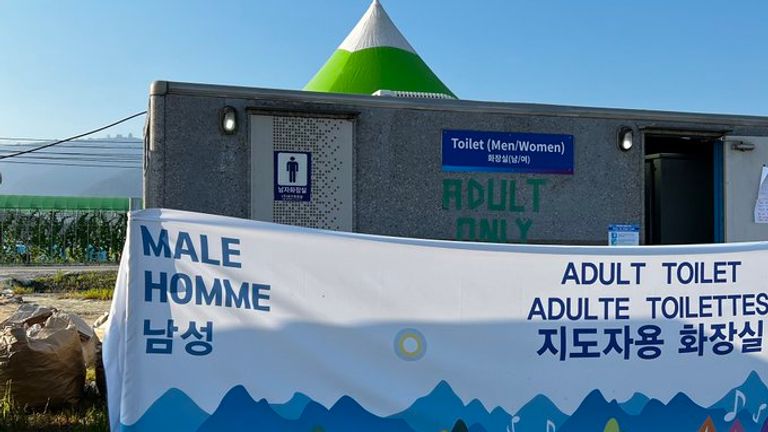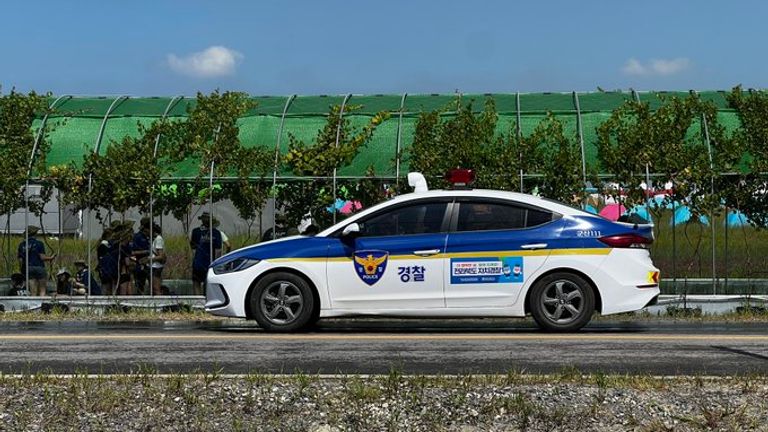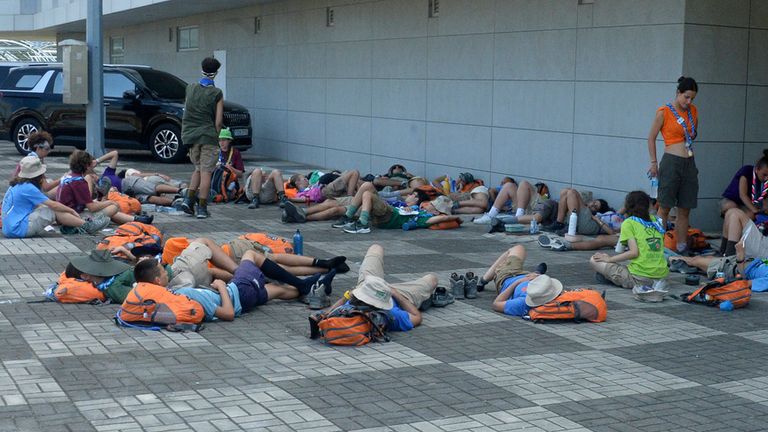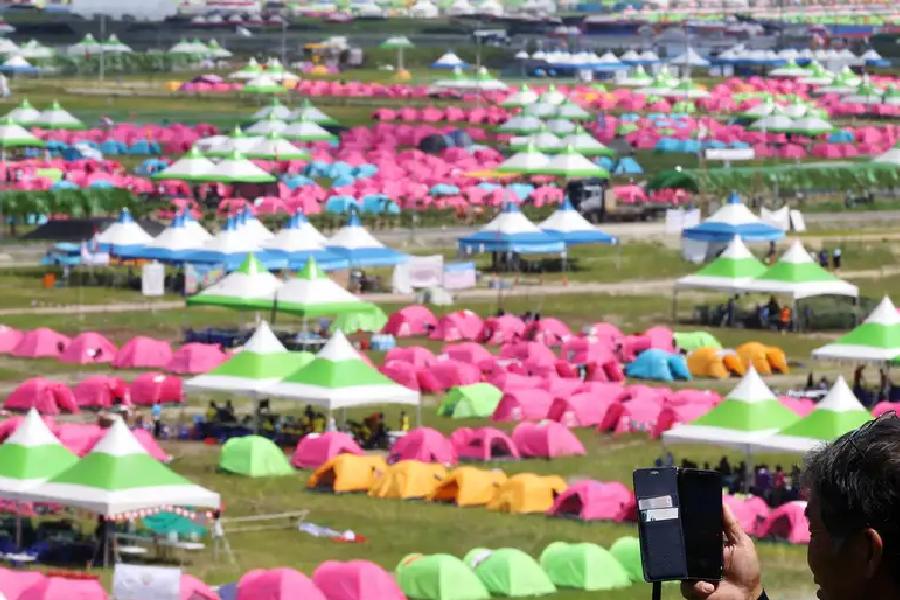
Halting and reversing biodiversity loss requires collaboration, transformative change, innovation, and a comprehensive recognition of the true value of nature.
Amid mounting evidence from research on species and habitats, we are faced with a harrowing reality: the world is currently experiencing it’s sixth mass extinction, propelled by overconsumption and human-centred practices, which has accelerated climate change itself. There has been a 69 per cent decline in wildlife since 1970, reported the World Wildlife Foundation in 2022, a figure that was previously reported to be 60pc in 2018.
The annihilation of species now poses an emergency that threatens civilisation itself.
The need to protect and conserve wildlife has never been more pressing — we need to majorly rethink our conservation practices. Enter the transformative power of ‘rewilding,’ a resolute and visionary approach aimed at restoring nature’s balance through the creation of biodiverse and untamed landscapes. It stands as a compelling solution to combat this
unprecedented crisis.
Wildlife in Pakistan
In the not-so-distant past, the breathtaking landscapes of Pakistan were home to majestic tigers, evoking a sense of awe. It is a humbling realisation that less than a century ago, these magnificent creatures freely roamed this very land.
This region has been the cradle of human civilisation for over 4,000 years, coexisting harmoniously with a diverse array of wildlife, including lions, rhinos, and cheetahs. However, there has been a tragic decline over the passage of time, and in recent centuries, many of these majestic species have faced the grim fate of extinction.

Pakistan is blessed with an extraordinary range of flora and fauna, from the graceful Indus River Dolphin gliding through its namesake river, to the elusive Markhor defying gravity as it scales vertical cliffs in the north.

Yet, today most species either teeter on the brink of disappearing forever or are critically endangered. Recognising this pressing reality, Pakistan has made significant commitments on the international stage, including the Kunming-Montréal Global Biodiversity Framework.
Among other priorities, this framework emphasises the urgent need to halt human-induced extinction of threatened species, reduce the extinction rate and risks by 10-fold, and increase the abundance of native wild species.
The role of humans
Halting and reversing biodiversity loss requires collaboration, transformative change, innovation, and a comprehensive recognition of the true value of nature in decision-making across all sectors.
Rewilding is gaining popularity as an approach that restores ecosystems to their natural state by reintroducing native plants and animals that would have flourished, had humans not interfered.
The term rewilding does not have a single simple definition. Instead, it has proved useful as a way of describing an approach to conservation that seeks to reverse past and present human impacts, maintain, and even increase biodiversity by restoring more functional ecosystems. Beyond this shared ethos, rewilding encompasses a range of different goals, contexts, approaches, and tools.
One key distinction in rewilding projects is the role of human agency. All forms of rewilding recognise the harm caused by human activities in the past, but they have different viewpoints regarding the involvement of people in present and future wilderness. Some consider the complete absence of humans as a sign of true wilderness, while others believe that certain ecological interventions are necessary to restore and/or maintain wilderness.
Scientifically speaking, rewilding projects are informed by three different benchmarks.
The first refers to the Pleistocene period, specifically the extinction of megafauna (large animals) that occurred during that time. The second benchmark relates to the early Holocene period in Europe and the precolonial period in the Americas, Australia, and tropical island ecosystems. Finally, the concept of novel ecosystems, which are ecosystems that have been significantly altered by human activity following the Anthropocene (the period in which humans became the single most dominant species on the planet), also influences rewilding projects. These benchmarks provide scientific frameworks and reference points for understanding and implementing rewilding initiatives in different contexts.
Personally, I believe a certain degree of human intervention may be needed during the restoration period, for example species reintroduction, however the ultimate aim is to minimise human intervention.
The three C’s
The scientific foundation of rewilding centres around three fundamental components: large core protected areas, ecological connectivity, and keystone species. This framework, commonly referred to as the “Three C’s” model (cores, corridors, and carnivores) suggests that we need core habitats linked up via ecological corridors of viable habitat, and keystone species, primarily carnivores, driving trophic cascades.
Cores refer to large, intact areas of habitat that serve as the primary habitats for wildlife and provide a foundation for ecological processes to thrive such as National Parks.
Corridors are the pathways that connect these core areas, allowing for the movement of species and facilitating gene flow, dispersal, and migration. They enhance ecological connectivity and enable wildlife to move between different habitats.
Keystone species are those species that have a disproportionately large impact on the ecosystem, playing critical roles in maintaining the balance and functioning of the ecosystem. If a keystone species disappears, the entire ecosystem can undergo significant transformations, potentially allowing new and possibly invasive species to dominate. The impact of the addition or removal of a keystone species thus ‘cascades’ through the ecosystem.
The concept of keystone species was founded by professor Robert T Paine’s research on the Pisaster ochraceus — also known as the purple sea star — in the Tatoosh Island of the US.

Removing the purple sea star from a tidal plain on the island caused a 50pc reduction in the plain’s biodiversity within a year. Since the purple sea star was a major predator of mussels and barnacles, its removal caused mussels to take over and crowd out other species, including algae that supported many smaller organisms.
Rewilding in action
The rewilding of Yellowstone National Park, in western America is perhaps the most famous example of the three Cs model as well as the trophic cascade on a vast scale.
The keystone species — in this case, wolves — were reintroduced and a vast ecological corridor was set up to link Yellowstone with Canada’s Yukon National Park.
Fourteen wolves were relocated from Canada’s Jasper National Park to Yellowstone. The wolves’ return changed the behaviour of deer and elk, whose unchecked populations had overgrazed the land.
The wolves drove out deer populations, further away from the core habitat, resulting in tree regeneration along riverbanks and an increase in flowers, insects, and birds. Beavers returned, benefiting fish, otters, reptiles, amphibians, and various other species.
The competition between the wolves and coyotes led to an increase in rodent populations, which in turn benefited birds of prey, weasels, foxes, and badgers. Leftover carrion by wolves provided more food for ravens and eagles. And most interestingly, the bear population increased as the bears benefitted from the hunting skills of the wolves, and from the increase in berries growing with the reduced herbivore browsing.
Most interestingly, perhaps, was the result of these wolves on the physical geography of the area. Not only did it allow biodiversity to flourish, the forest regeneration also stabilised the flow of the river.
While this is probably the most famous example, rewilding has been happening in different ways across the world for decades. In Europe, this has largely focused on the reintroduction of herbivores such as beavers in the United Kingdom. This is due to limitations around human population densities preventing the reintroduction of carnivores.
Interestingly the three Cs model has now been expanded to include climate resilience. Rewilding holds significance not only in terms of species restoration but also in the broader context of addressing climate change. Restored ecosystems through rewilding efforts play a pivotal role in mitigating climate change by increasing carbon removal from the atmosphere and safeguarding against its impacts.
Compelling data indicates that protecting or restoring specific wildlife populations, including Pakistan’s native marine fish and grey wolves, has the potential to collectively capture a staggering 6.41 billion tons [5.82bn tonnes] of carbon dioxide annually. This amount accounts for a remarkable 95pc of the annual requirement to meet the Paris Agreement target of reducing carbon emissions sufficiently to limit global warming below the critical threshold of 1.5 degrees Celsius.
It is crucial for Pakistan to prioritise rewilding as a conservation strategy and embrace the ten universal principles established by the IUCN Rewilding Thematic Group to effectively guide its rewilding initiatives and reap significant benefits.
According to the principles, rewilding:
i) utilises wildlife to restore trophic interactions
ii) employs landscape-scale planning that considers core areas, connectivity and co-existence
iii) focuses on the recovery of ecological processes, interactions and conditions based on reference ecosystems
iv) recognises that ecosystems are dynamic and constantly changing
v) should anticipate the effects of climate change, and where possible act as a tool to mitigate impacts
vi) requires local engagement and support
vii) is informed by both science and indigenous knowledge
viii) is adaptive and dependent on monitoring and feedback
ix) recognises the intrinsic value of all species and ecosystems
x) requires a paradigm shift in the coexistence of humans and nature.
In the face of the ongoing sixth mass extinction, we cannot afford to tolerate degraded ecosystems, excessive exploitation of nature in the name of development, and the devastation of our country. Sustainable outcomes for both nature and humanity can only be achieved through the adoption of proven strategies such as rewilding, its guiding principles, and a profound reverence for the natural world.
By embracing rewilding, Pakistan can actively promote ecological balance and safeguard future generations from the afflictions of an increasingly urbanised, concrete, and grey world.
Header image: Rewilding Europe
Rabbya Shoaib leads one of Pakistan’s pioneering programs at Pakistan Environment Trust which focuses on restoring habitats and large scale ecosystems along the Indus Corridor for rewilding endangered species. She has previously worked in human rights law and the development sector.




.jpg)

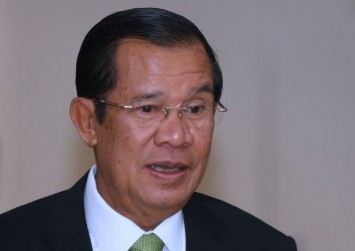
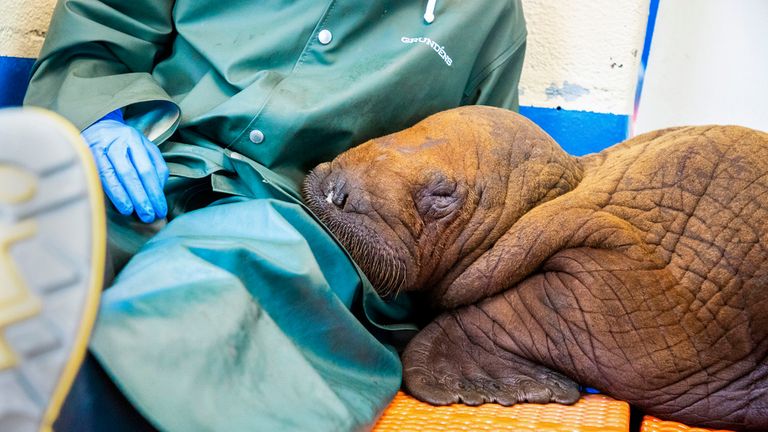
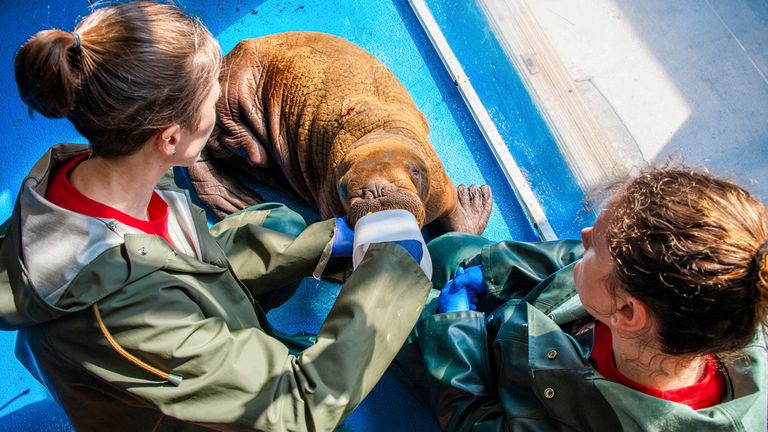
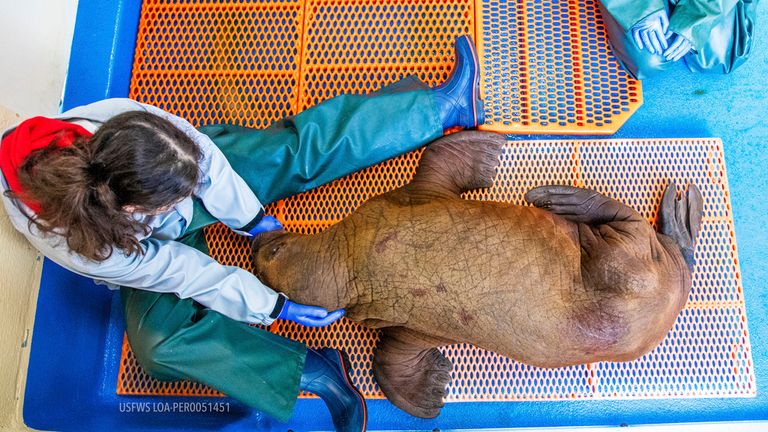
/cloudfront-ap-southeast-2.images.arcpublishing.com/nzme/QCJHQTAFFFDDJEIPFZGBEE7JDA.jpg)
/cloudfront-ap-southeast-2.images.arcpublishing.com/nzme/PCT67HLQUVETBKSLS5U6567BCY.jpg)
/cloudfront-ap-southeast-2.images.arcpublishing.com/nzme/QNOGVC6M5JGXFPTDCE64T75OJE.jpg)

